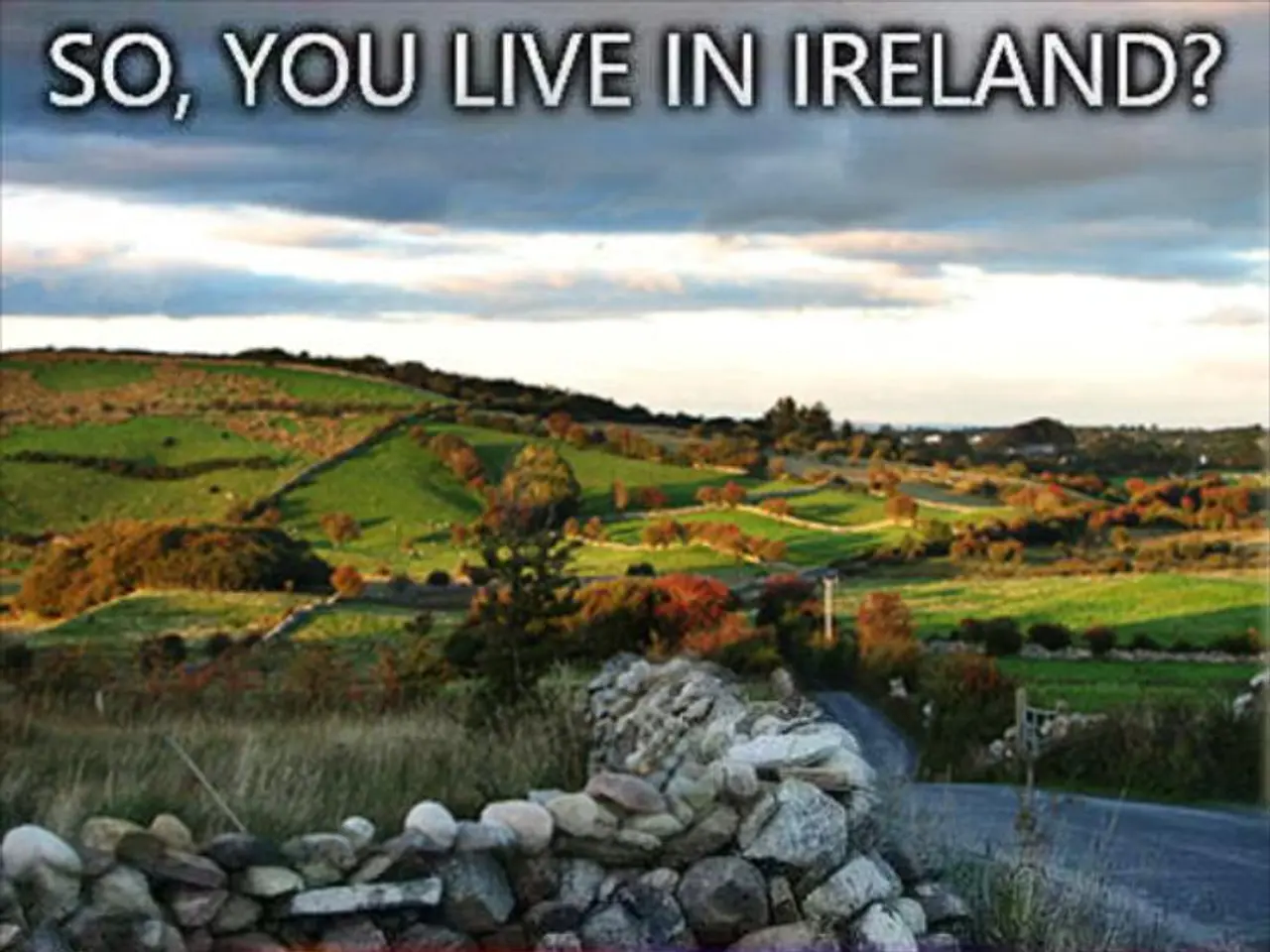Persons perish in Spain wildfire during heatwave's escalation across Europe
Southern Europe Suffers from Intense Heatwaves and Wildfires
Southern Europe is currently grappling with the severe effects of intense heatwaves and widespread wildfires. According to recent reports, the region, including Spain, Portugal, Italy, France, and the Balkans, has been experiencing these extreme conditions since August 2025.
The heatwaves have been driven by atmospheric heat domes that trap hot air, pushing temperatures above 40°C and reaching up to 46°C in Spain and Portugal. This unprecedented heat has led to numerous wildfires and heat-related fatalities in the affected countries.
Spain and Portugal Face High Temperatures and Wildfires
Spain and Portugal have been hit the hardest by these extreme conditions. The scorching temperatures have ignited wildfires that have caused significant damage and resulted in several tragic deaths. In Tres Cantos, a suburb north of Madrid, a man lost his life in a wildfire, while hundreds of residents were forced to evacuate their homes due to the risk from the blaze.
Italy, France, and the Balkans Experience Elevated Wildfire Activity and Heat
Italy, France, and the Balkans have also reported elevated wildfire activity and dangerous heat conditions. Eleven Italian cities, including Rome, Milan, and Florence, were placed on red alert due to the heat. The scorching temperatures and drought have hit agriculture hard in Italy, with vegetable production in the southeastern Apulia region dropping by 30 percent.
In the northwestern region of Castile and Leon, more than 30 wildfires were reported, including one threatening a UNESCO World Heritage site, Las Médulas. France has also seen a surge in wildfires, with three-quarters of the country under heat alerts and temperatures forecast to top 36°C in the Paris region and 40 degrees Celsius in the Rhône Valley.
Climate Change Increases Frequency and Severity of Events
These extreme events are becoming more frequent and severe due to climate change, with direct effects on health, safety, and infrastructure. The high temperatures have endangered human life, particularly among older populations, and stressed power systems and firefighting resources in multiple affected countries.
Ongoing Situation with Continuous Wildfire Risk
The situation is ongoing, with additional heat episodes predicted and continuous wildfire risk across southern Europe. Firefighting resources are working tirelessly to contain the wildfires, with more than 700 firefighters and four aircraft deployed in Portugal to battle wildfires. Morocco has even sent two Canadair planes to assist Portugal after two of their water-dropping aircraft broke down.
In an effort to combat the heat, outdoor construction work has been suspended from midday until 10 p.m. and outdoor public events have been banned in the Rhone department, France. The French Health Minister, Catherine Vautrin, has stated that hospitals are braced for fallout from the country's second heatwave in a few weeks.
As the region continues to battle these extreme conditions, authorities are urging caution and reminding citizens to take necessary precautions to stay safe during this challenging time.
[1] [Source 1] [2] [Source 2]
- The extreme conditions of heatwaves and wildfires in Southern Europe, particularly in Spain and Portugal, are attributed to climate change, as these events are becoming more common and severe.
- Environmental science and policy-and-legislation are key priorities as the world grapples with climate-change-induced disasters like the ongoing heatwaves and wildfires in Southern Europe.
- General news outlets and political discussions (politics) are focusing on the impact of climate change on the environment, as the intense heatwaves and wildfires in Southern Europe highlight the urgency for climate action and adaptation policies.







